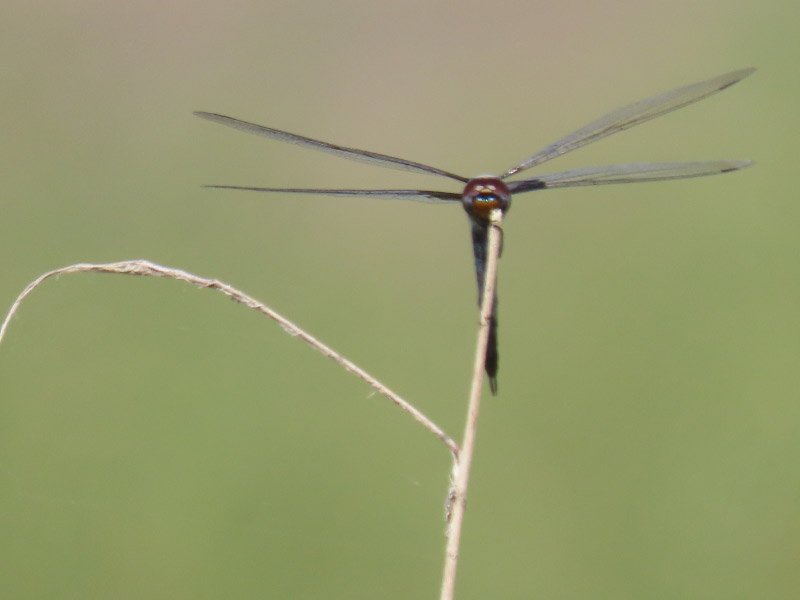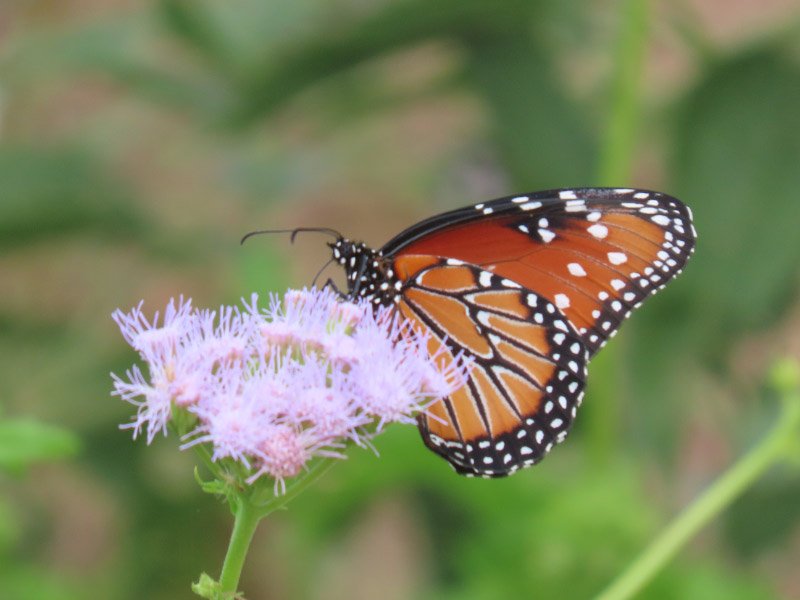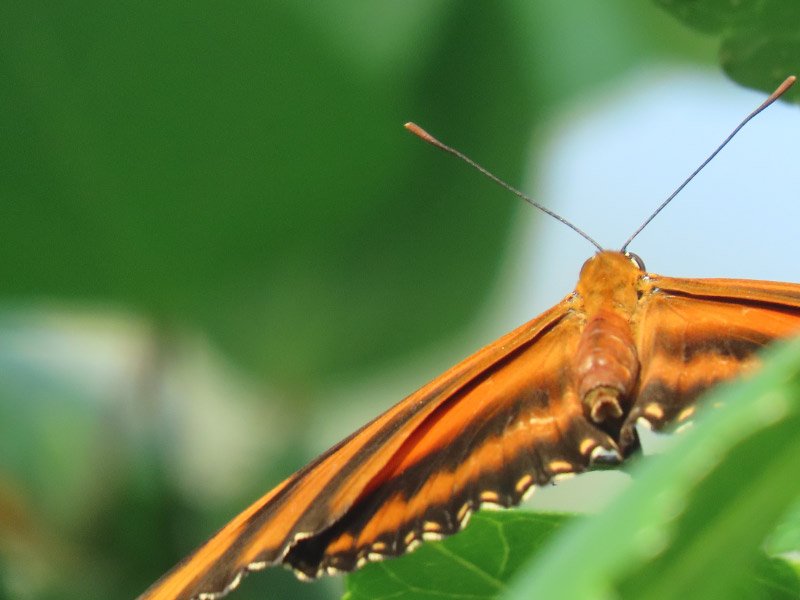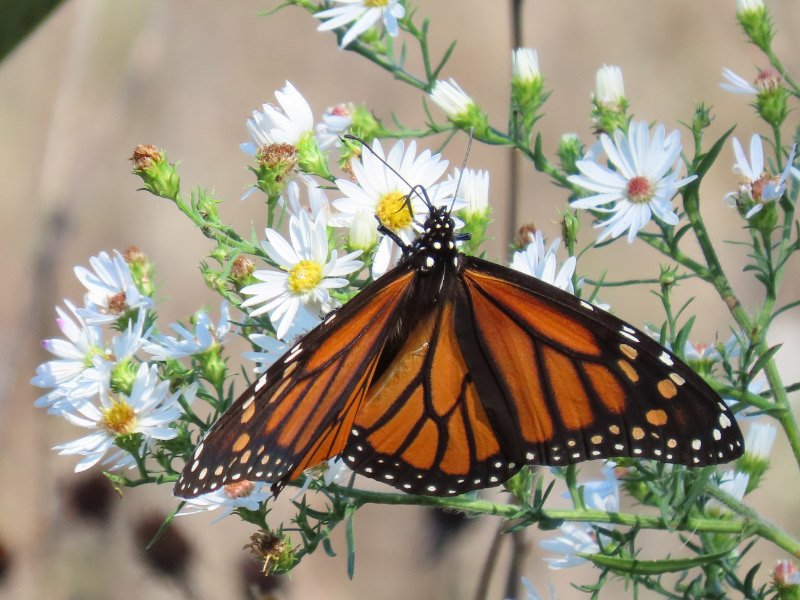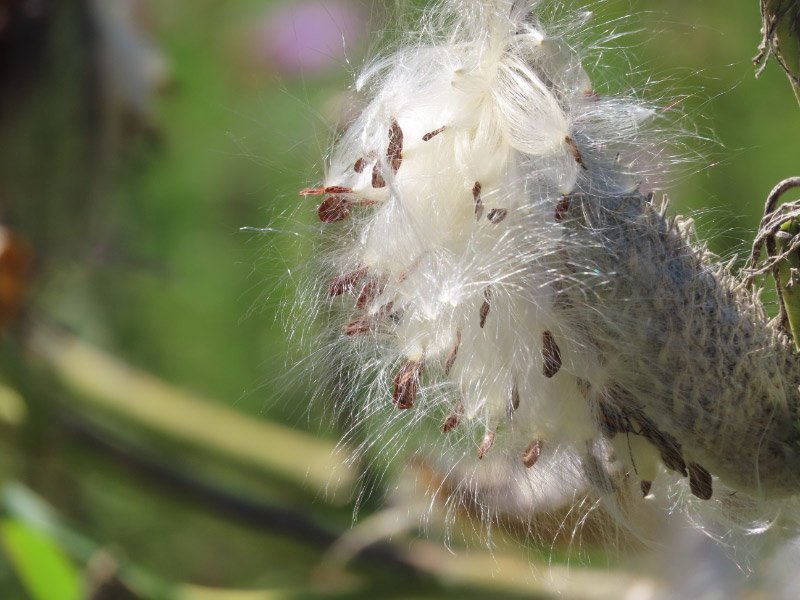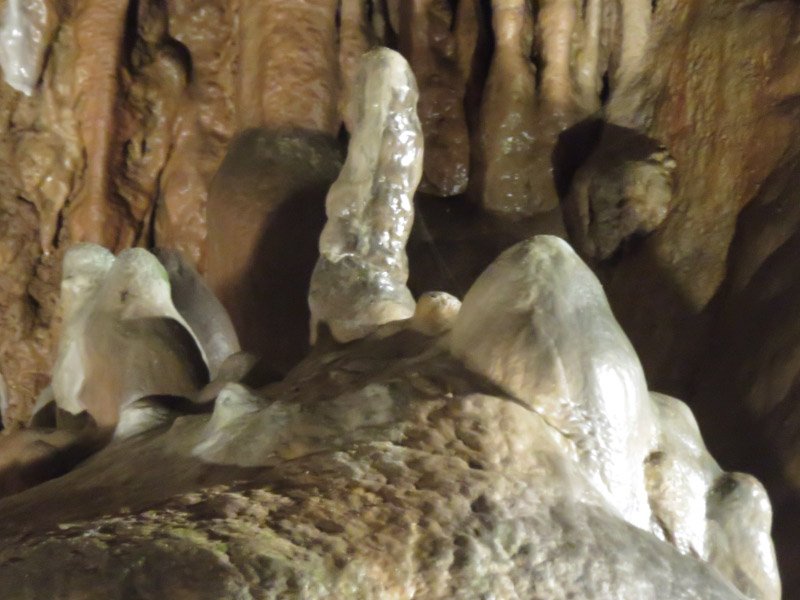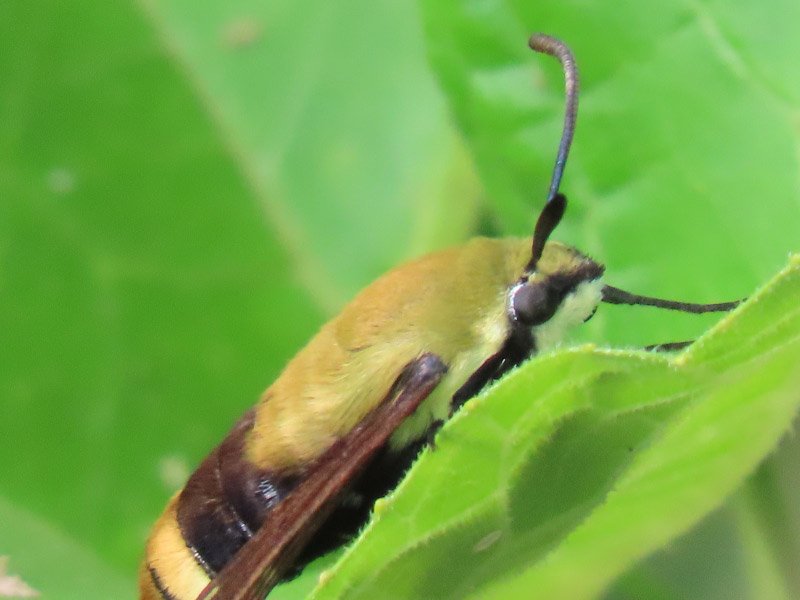The items below were ‘the cream’ of the articles and websites I found this past week. Click on the light green text to look at the article.
Are pumpkins a future superfood? – Maybe. The plants are high heat and drought tolerant….. and tolerate salinity. Nutritionally they have essential vitamins, minerals, and fats.
Do or dye: Synthetic colors in wastewater pose a threat to food chains worldwide - Dyes create several problems when they reach water systems, from stopping light reaching the microorganisms that are the bedrock of our food chains, preventing their reproduction and growth, to more direct consequences like the toxic effects on plants, soils, animals and humans. Remediation technologies for dye-containing wastewater, including chemical, biological, physical and emerging advanced membrane-based techniques.
Billions Of Snow Crabs Have Died in Alaska. Will Billions of People Be Next? – Starvation….but linked to marine heatwaves that affected snow crab metabolism.
Even treated wood prevents bacterial transmission by hand – Maybe we should be using wood more frequently for surfaces where keeping bacteria at bay is important (countertops, for example).
Staring at the Sun — close-up images from space rewrite solar science – Results from Parker Solar Probe and Solar Orbiter…and the ground-based Daniel K. Inouye Solar Telescope.
Higher levels of triglycerides linked to lower risk of dementia – A correlation…not necessarily a causal relationship.
Jupiter's volcanic moon Io looks stunning in new Juno probe photos – From an October 15th flyby.
The Rio Grande isn’t just a border – it’s a river in crisis – So many rivers are in trouble. The Rio Grande drought story is complicated by international treaty…and contentious relations at the border.
These Rare Daguerreotypes Are the Earliest Surviving Photos of Iran in the 1850s – It would be interesting to see what these same places look like today.
Why are bed bugs so difficult to deal with? – They are increasingly resistant to pesticides that previously were effective. Creating policies that require reporting and resident notification by landlords…and requiring the landlords to treat infestations within 30 days has been effective in New York. Infestations can be managed, but probably not eliminated.











